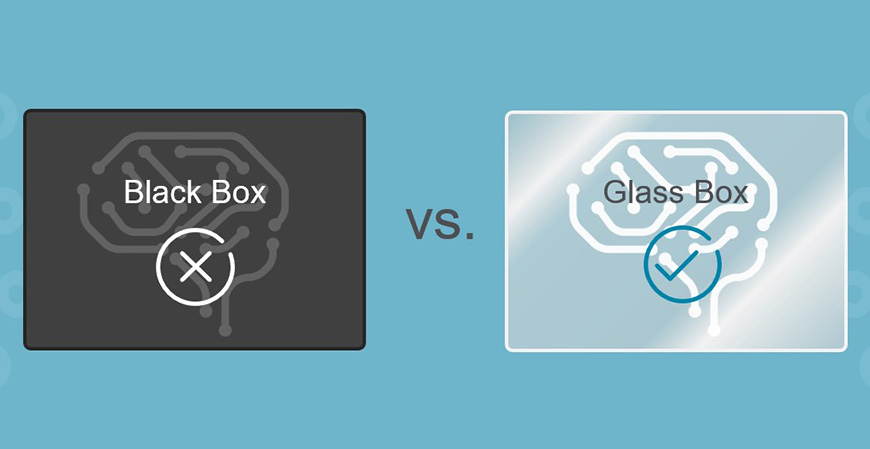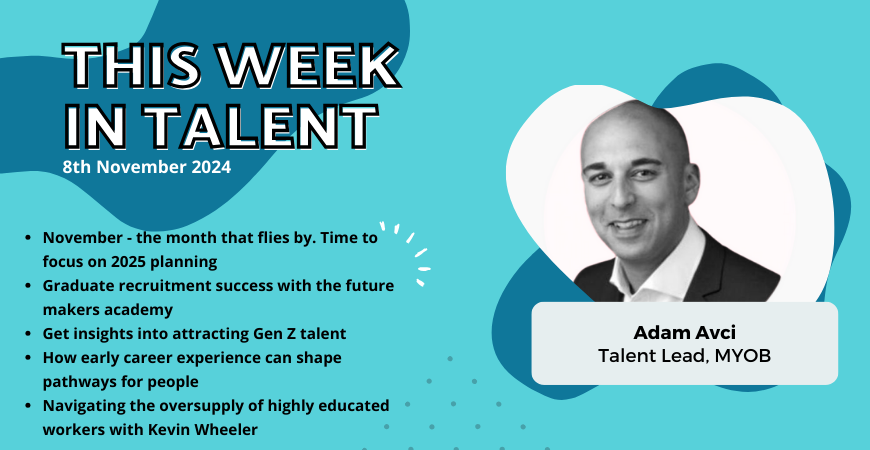Many employers are intrigued by the idea of using AI-based candidate and employee psychometric assessments to improve their hiring processes.
From chatbot-type realistic conversations with candidates in situational judgment tests (SJT) to algorithm-based reviews of candidates’ responses to test questions, the use of AI in assessment now regularly informs HR and Talent decisions.
But despite this broadening use, people continue to have doubts about companies using AI to assess candidates and employees, especially when it is unclear exactly how these processes work and what steps have been taken to ensure fairness.
Aon’s research suggests that this so-called “black box” approach to AI can lead candidates to react unfavourably both to AI itself and to the organisations that rely on it. This reaction can taint impressions of a potential employer even among candidates who are offered a job.
Employers that want to harness the power of AI in Talent assessment must find a way to help candidates feel more comfortable with AI in the hiring process, and a key step is a “glass box” approach that emphasises transparency.
Here are steps you can take to create a glass-box approach to AI that addresses candidates’ concerns and increases their trust in the Talent assessment process.
Educate candidates about AI’s role in the process
Helping candidates understand how you are using AI, and why, can go a long way toward easing their anxiety about AI in Talent assessment. Organisations that describe the benefits of this approach, such as improving role and organisational fit, can benefit from using AI in recruitment while at the same time avoid alienating potential talent.
Candidates who are more familiar with AI are generally more accepting of its use. Aon’s research has found that participants who were highly familiar with AI were equally as trusting of an AI decision-maker as a human decision-maker.
The need for education is particularly critical in the face of increasing calls for transparency regarding how organisations use their applicants’ data. The more information applicants have about how your organisation is using AI, the more likely they are to embrace it.
In addition, the process of selecting candidates — whether for entry into the organisation or promotion within — must always be legally defensible. It must not be discriminatory nor favour a particular group of candidates based on gender, race or any of the other groups outlined in equal opportunity legislation.
Organisations that use AI in hiring will likely find they need to increase the amount of interpersonal contact they have with applicants during the selection process. Even if an AI system is used to automate the decision-making process, applicants may find comfort in having open lines of communication with a contact person while they are applying.
Build trust through proactive transparency
The AI that is built into your Talent assessment must be transparent and open to challenge, and you must be transparent with applicants about your use of AI in the hiring process.
The complex algorithms sometimes used in AI can make selection decisions difficult to justify when their reasoning isn’t explained. And if your selection decisions can’t be easily explained, they could be challenged by applicants in a court of law.
A glass-box AI in which all stakeholders understand what is being measured and how those measurements are used reduces legal and regulatory risks and reduces applicants’ anxieties about the Talent assessment process. It also makes it easier to quickly course-correct when things go awry.
Greater transparency during the consent process can also improve the candidate experience. Aon’s research suggests that providing such explanations can lead people to react favourably during selection processes by making them feel more informed and respected by the organisation.
The vast amounts of data generated online about human behaviour can help us understand and develop people’s full potential in ways that were impossible in the past. But it is critical to approach that data-mining process with a set of constructs around the characteristics, capabilities and traits that directly relate to success on the job.
Rather than using a black-box approach, companies need to develop a competency model that is transparent about hiring and promotion decisions based on clear predictive models.
This article is contributed by Aon.
ATC2019 is all about exploring high performance Talent functions and the elements necessary for Talent Acquisition (TA) to thrive as we enter the age of intelligence. Get your tickets here.






























